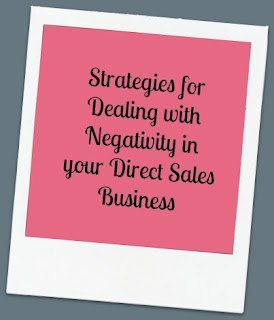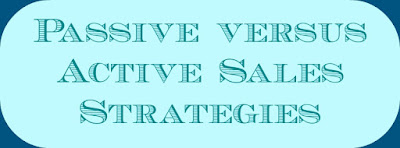 |
We all have that family member
who asks us why we’re doing direct sales. They ask if it’s a “pyramid scheme”
(how tired are you of that question??). You also have the friends who just
won’t buy from you, no matter what the sale or the promotion.
 |
| Negative people...downer (image from Psychologytoday.com/) |
Today we’re going to talk about
some strategies to bring those people to your side. Why is it important to do
this? Well, we want to be surrounded by positivity in our business.
Negative Nancys are draining
people aren’t they? You have all this energy, come bopping along, and you see
them, and they’re all doom and gloom, and bam, energy sucked.
First, a couple of things to
know. When I teach introduction to social psychology, these are the first
things I teach so that students walk out of Day 1 with information they can
use. Now YOU get to hear about it for FREE.
I call these Wright’s Rules of Social Psychology:
- I am the most important person in the world (says everyone).
- Everything related to me is important.
- I am always right (and will even say/do things that are incorrect to maintain face).
- Everyone wants to be heard (and heard out) [because they are right].
- Everything I do, say, or am involved with is right (because I wouldn’t be right if I were involved with a group that wasn’t right).
- I have great ideas (and I’m always right).
- I don’t want to be told what to do (in fact, being told what to do causes psychological reactance whereby the person starts to want to do the opposite to maintain their independence of not being told what to do).
OK so that’s a start. Think
about these rules as you interact with people – why might they say and do the
things that they are saying and doing? Which rule is “governing” their
behavior?
So let’s apply this to our
Negative Nancy’s behavior. Telling them they’re wrong (“No, actually it’s a
really great company and I love my team mates”) isn’t going to get you
anywhere. How can we help them to make an independent decision to change their
own mind about your business or your product?
Make them feel important
Find a way to bring the person
into your business to make them feel important. Start by telling them you value
their opinion (which you do, you’re not lying – otherwise you wouldn’t be
trying to change their mind). This can be seen as part of the Compliment Approach that Liz Ross of Chloe + Isabel advocates for.
- Asking them for their opinion and truly listening (not interrupting to answer back) will be important here. If you sell jewelry, tell them, “I’ve always enjoyed the outfits you put together – you have a good eye. I’m trying to decide between two necklaces to get for my collection – which would you suggest?”
- Ask them why someone might like your product. If you sell makeup, remind them of the benefits of your company then ask, “Which of those do you think people might find the most important part of my business? Which should I focus on?”
- Ask them about networking – “I’m trying to expand my business and I know you have lots of experience with this, so I value your opinion. I have two opportunities – a vendor event or spending the same money making flyers. Which do you think would benefit my business the best?”
Making them a partner in your
business and having them help you can make their attitudes towards your
business more positive. If they already have a positive opinion of you, then
through getting them to think about the benefits of your business you can help
them relate your business to you (and their positive thoughts of you).
What are some other ways that
you can use an understanding of others’ behaviors to help them think more
positively about your business?
Do you find my posts useful?
If so, sign up to receive emails in your in box whenever I post – on the right
put in your email under Follow By Email! Also, sharing is caring – share my
posts with other direct sellers you know so they can check it out! Join the
Direct Sales Mavens Facebook Community here and let’s help each
other achieve our goals!





